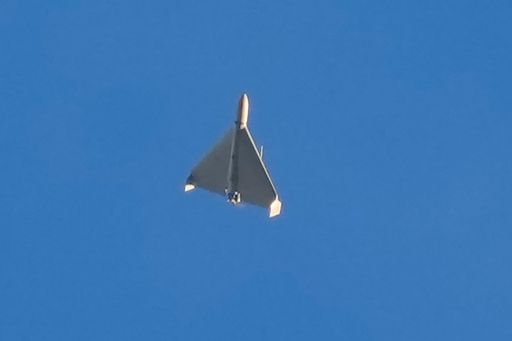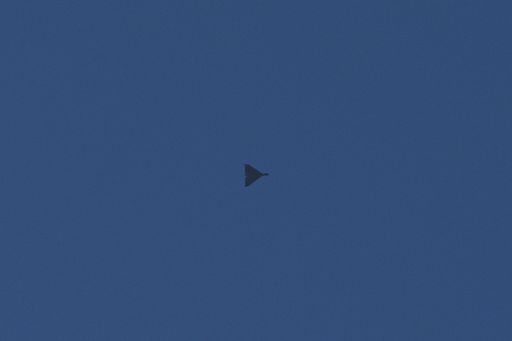Airports in Copenhagen and Oslo reopened on Tuesday after hours-long closures triggered by unidentified drones, which police in Denmark described as the work of a “capable operator.”
The disruption, which stranded thousands of passengers, comes amid heightened European unease over alleged Russian airspace violations — a concern set to dominate a NATO meeting later in the day at Estonia’s request.
In the Danish capital Copenhagen, police said several large drones seen over the airport for several hours late on Monday eventually flew away on their own.
"The drones have disappeared and the airport is open again," Deputy Police Inspector Jakob Hansen told reporters.
"We didn't take the drones down," he added.
Danish police said on Tuesday that drones that shut the country's main airport appeared to have been flown by "a capable operator", adding that no suspects had been identified.
Hansen said police were cooperating with the Danish military and intelligence service to find out where the drones had come from.
He said police were also working with colleagues in Oslo after drone sightings in the Norwegian capital also caused the airport to close for several hours.
"We had two different drone sightings," Oslo airport spokeswoman Monica Fasting told AFP.
"We reopened the airport around 3:15 am (0115 GMT)," she said.
Thousands of passengers stranded
The airports in Copenhagen and Oslo, the two busiest in the Nordic region, were shut for hours after drones were observed in their airspace late on Monday, leaving tens of thousands of passengers stranded as flights were diverted.
Copenhagen Airport was closed for four hours when two or three large drones were seen flying in its immediate vicinity, officials said, while the Oslo Airport was closed for three hours following two sightings, according to local police.
Flights were diverted to nearby destinations during the closures, and officials at both airports said they expected some delays and disruptions to continue on Tuesday.
The incidents came after the governments of Poland, Estonia and Romania accused Russia of violating their airspace this month, allegations that Moscow has brushed off.
Asked whether the drones above Copenhagen airport could have come from Russia, Hansen, the deputy police inspector, said: "We don't know at this point."

NATO allies to meet after Estonia’s request
Meanwhile, NATO allies on Tuesday will hold formal consultations at Estonia's request after the Baltic country said that three Russian fighter jets entered its airspace last week without authorisation.
Russia’s Defence Ministry denied the accusation.
The intrusion on Friday lasted 12 minutes and was a fresh test of the military alliance’s ability to respond to Moscow's airborne threats after around 20 Russian drones entered Polish airspace on September 10.
NATO’s 32 ambassadors meet most weeks in a format known as the North Atlantic Council at the military alliance’s headquarters in Brussels. Estonia has requested consultations under Article 4 of NATO's founding treaty.
Poland also requested Article 4 talks after the drone incident, and two days later, NATO launched an operation, dubbed Eastern Sentry, to bolster the organisation’s military presence with European aircraft and other defenses along its eastern flank.
However, Article 4 talks do not mean automatic military or diplomatic consequences.
Article 4 puts urgent matters on NATO’s agenda Article 4 is the shortest of the Washington Treaty’s 14 articles. It states that: “The Parties will consult together whenever, in the opinion of any of them, the territorial integrity, political independence or security of any of the Parties is threatened.”
NATO operates on consensus, and the talks can lead to some form of joint decision or action. The fact of invoking Article 4 encourages allies to react as one to a situation of importance brought to their attention by a fellow member.





















